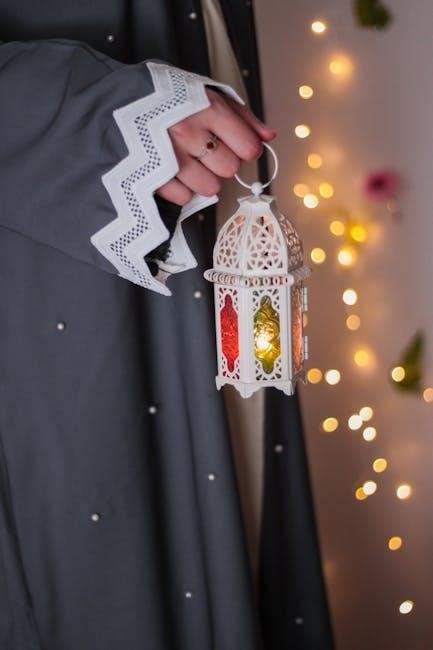Hand embroidery is a timeless art form combining creativity and practical skills. This section explores the fundamentals of hand embroidery and the role of PDF patterns in modern embroidery designs, offering a comprehensive guide for crafters of all levels.
1.1 The Basics of Hand Embroidery
Hand embroidery is a traditional craft that involves creating decorative designs on fabric using a needle and thread. The process begins with selecting the right materials, such as fabric, embroidery hoops, and threads. Stitches like the running stitch, backstitch, and French knot are fundamental techniques that form the foundation of most designs. Embroidery patterns, often available as downloadable PDFs, provide visual guides to help crafters replicate intricate designs. These patterns are scalable and customizable, making them suitable for projects of all sizes; For beginners, starting with simple stitches and practicing on scrap fabric is recommended. With patience and practice, hand embroidery can become a rewarding hobby, allowing creators to produce beautiful, personalized pieces for clothing, home decor, or gifts. PDF patterns are especially helpful for learners, offering clear instructions and designs to follow.
1.2 The Role of PDF Patterns in Hand Embroidery
PDF patterns have revolutionized hand embroidery by offering convenience and accessibility. These digital files provide clear, scalable designs that can be easily downloaded and printed. They are ideal for beginners, as they often include step-by-step instructions and stitch guides. PDF patterns allow for customization, enabling crafters to adjust sizes and details to suit their projects. Websites like LoveCrafts and DMC offer free and paid PDF embroidery patterns, making it easy to explore various styles. PDFs also eliminate the need for physical storage, as they can be stored digitally and printed as needed. This modern approach has made hand embroidery more accessible, encouraging creativity and learning for crafters worldwide.
Popular Types of Hand Embroidery Patterns
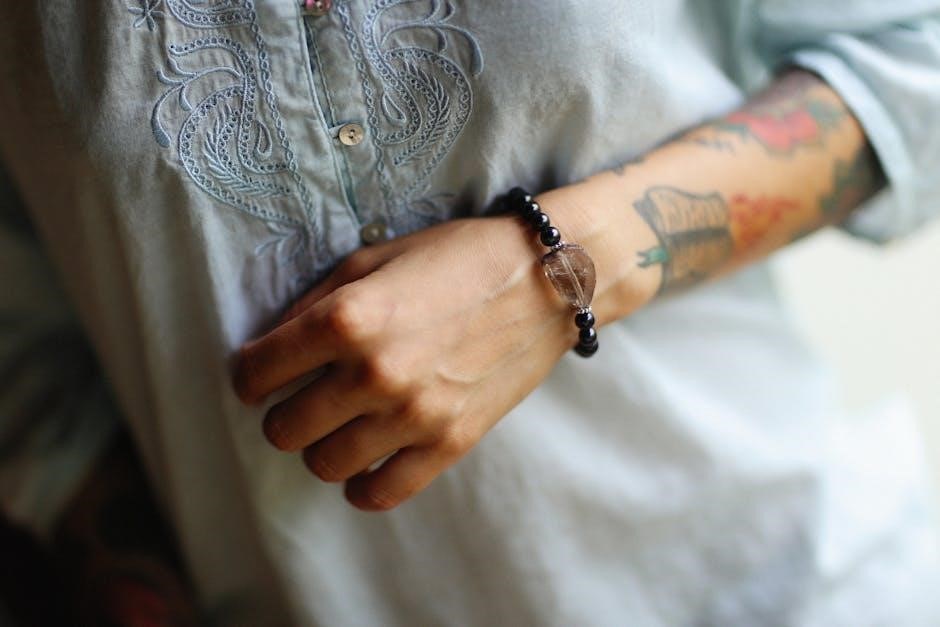
Popular hand embroidery patterns include floral designs, geometric shapes, and abstract motifs. Floral patterns are timeless and versatile, while geometric designs offer modern and creative expressions.
2.1 Floral Patterns
Floral patterns are a classic and beloved choice in hand embroidery, offering timeless beauty and versatility. They range from delicate wildflowers to intricate rose designs, suitable for all skill levels. These patterns often feature combinations of flowers, leaves, and stems, allowing embroiderers to practice various stitches like the lazy daisy, fern stitch, and stem stitch. Floral motifs are ideal for decorating fabrics, hoop art, and home decor items, making them a popular choice for DIY projects. Many free PDF patterns available online cater to beginners, providing step-by-step guides and customizable designs. Whether you’re creating a simple bouquet or a intricate botanical piece, floral patterns bring life and elegance to any embroidery project.
2.2 Geometric and Abstract Designs

Geometric and abstract designs offer a modern twist to traditional hand embroidery, appealing to those who appreciate clean lines and symmetry. These patterns feature shapes like triangles, circles, and polygons, often arranged in repeating or asymmetrical compositions. Abstract designs, on the other hand, allow for creative experimentation with colors and forms, making them ideal for embroiderers seeking unique and personalized projects. Many free PDF patterns emphasize simplicity, catering to beginners while still offering complexity for advanced stitchers. Techniques like the running stitch, backstitch, and French knots are commonly used to bring these designs to life. Geometric and abstract patterns are perfect for creating contemporary decor or wearable art, offering endless possibilities for artistic expression and customization.
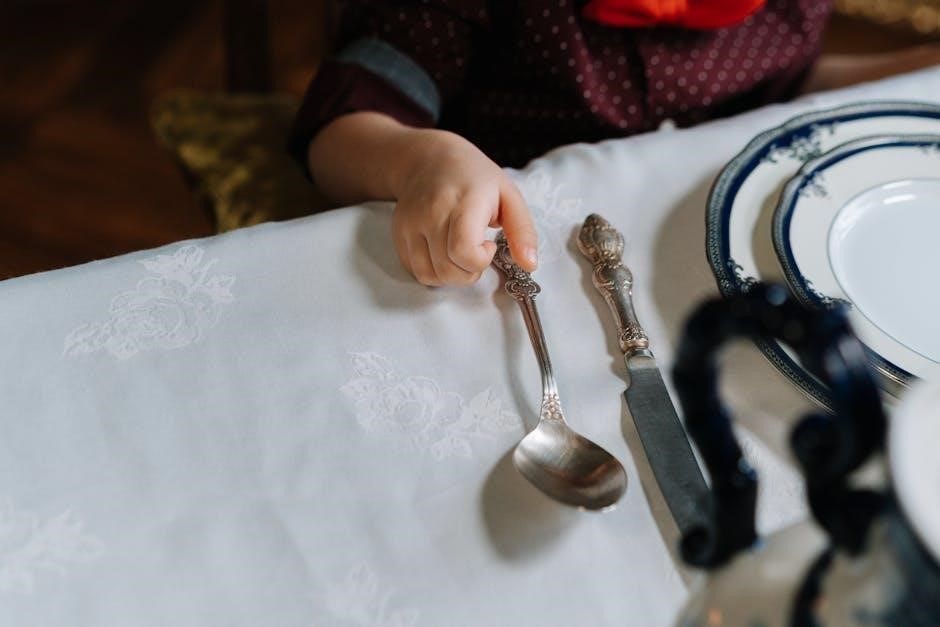
Benefits of Using PDF Patterns
PDF patterns offer scalability, allowing adjustment to any fabric size. They are cost-effective, easily downloadable, and accessible anywhere, making them ideal for all embroiderers.
3.1 Scalability and Customization
One of the standout advantages of PDF patterns is their scalability. Users can easily adjust the design size to fit their project needs, whether it’s a small hoop or a large fabric piece. This feature is particularly useful for creating personalized gifts or home decor items. Additionally, PDF patterns often allow for customization, enabling embroiderers to modify colors, add text, or combine multiple designs. This flexibility makes PDF patterns versatile for both beginners and experienced crafters, ensuring that each project is unique and tailored to individual preferences. The ability to preview and edit designs before printing further enhances the creative process, making PDF patterns a valuable resource for hand embroidery enthusiasts.
3.2 Convenience and Accessibility
PDF patterns offer unparalleled convenience and accessibility for embroiderers. Instant downloads eliminate the need for physical storage, allowing creators to access designs anytime, anywhere. This digital format is ideal for modern crafters, as it saves time and space. Patterns are readily available online, enabling embroiderers to start projects without waiting for deliveries. Additionally, PDF files are easily shareable and can be accessed on various devices, making them perfect for on-the-go crafting. The ability to print only the necessary parts of a pattern reduces waste, while the digital nature ensures designs are always up-to-date. This accessibility has democratized embroidery, allowing crafters worldwide to explore and enjoy this art form effortlessly. PDF patterns truly embody the spirit of modern, flexible crafting.
Where to Find Free Hand Embroidery Patterns
Explore websites like LoveCrafts, DMC, and Antique Pattern Library for a wide variety of free hand embroidery PDF patterns. These platforms offer easy access to beautiful designs.
4.1 LoveCrafts
LoveCrafts is a go-to destination for crafters, offering a vast collection of free hand embroidery PDF patterns. Their platform features a wide range of designs, from floral motifs to modern geometric patterns. Perfect for both beginners and experienced embroiderers, LoveCrafts provides easy-to-download files that can be customized to suit various projects. The site also includes detailed instructions and tips, making it a great resource for learning new techniques. With its user-friendly interface, LoveCrafts allows users to browse by style, theme, and skill level, ensuring that everyone can find something that matches their creative vision. This makes it an ideal starting point for anyone looking to explore hand embroidery.
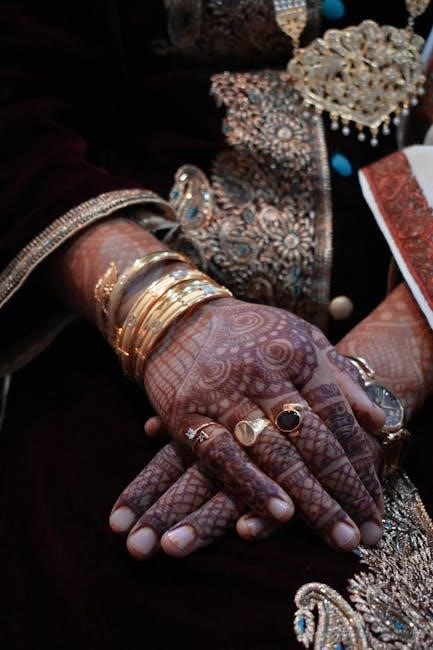
4.2 DMC
DMC, a renowned brand in the embroidery world, offers a selection of free hand embroidery PDF patterns that cater to diverse tastes and skill levels. Their designs, such as the popular Floral Bat pattern, are available for instant download and feature detailed instructions. DMC patterns are perfect for beginners, as they often include step-by-step guides and material lists. The site provides designs in multiple languages, including English and French, making it accessible to a global audience. With a focus on creativity and quality, DMC’s free patterns are an excellent resource for embroiderers looking to enhance their projects. Whether you’re stitching flowers, animals, or abstract designs, DMC ensures a delightful embroidery experience.

Creating Your Own Hand Embroidery Patterns
Design your own unique embroidery patterns using specialized tools and software, allowing you to transform your creative ideas into customizable and personalized designs for stitching.
5.1 Design Tools and Software
Creating hand embroidery patterns is made easier with various design tools and software. Programs like Adobe Illustrator and Inkscape allow for precise vector graphics, while specialized embroidery software such as Embrilliance and StitchArtist offer advanced features for stitching customization. These tools enable users to trace images, adjust stitch counts, and export designs as PDFs. Additionally, platforms like Procreate and Canva provide user-friendly interfaces for beginners to craft intricate patterns. Many of these tools offer tutorials and resources, helping crafters transition from digital designs to physical embroidery. With the right software, anyone can transform their creative ideas into customizable embroidery patterns, making the process both efficient and enjoyable.
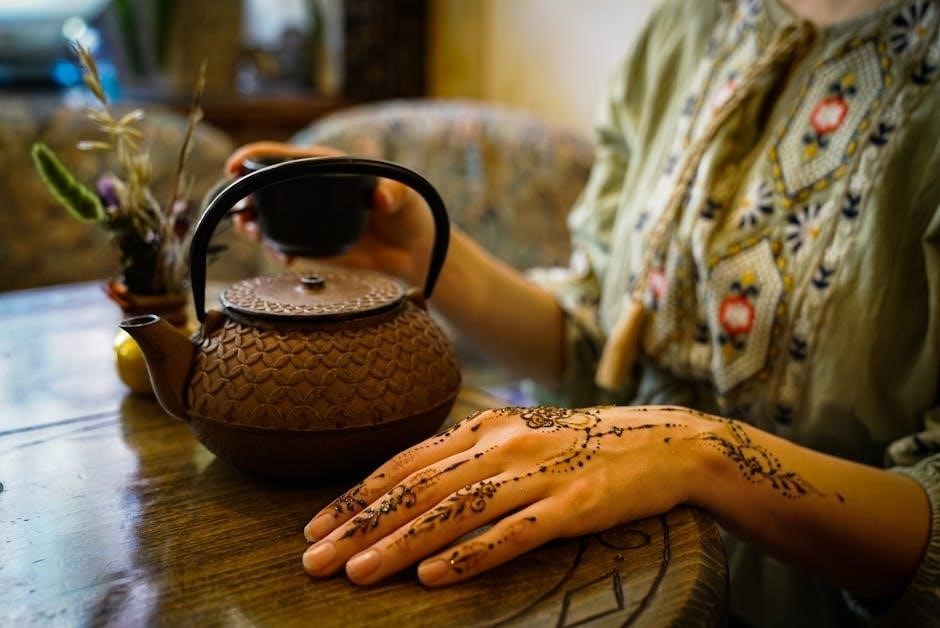
Transferring Patterns to Fabric
Transferring patterns to fabric can be done using methods like tracing with a pencil, iron-on transfers, or projecting designs. These techniques ensure precise alignment and accurate stitching.
6.1 Various Methods and Techniques
Transferring embroidery patterns to fabric can be achieved through several methods. Iron-on transfers are popular for their simplicity—print the design on transfer paper and apply it using heat. Tracing involves drawing the pattern directly onto fabric with a pencil or marker, ideal for intricate details. For more precision, projection can enlarge designs onto fabric, allowing accurate tracing. Stencils are reusable and great for repeating motifs. Additionally, carbon paper and light boxes offer alternative ways to transfer patterns, each suited to different fabric types and project requirements. These techniques ensure your embroidery starts with a clear, accurate design.

Essential Materials and Tools
Hand embroidery requires basic tools like fabric, embroidery hoops, needles, and threads. Quality materials ensure crisp stitches and vibrant designs, making your projects truly stand out.
7.1 Fabric, Hoops, and Threads
The foundation of hand embroidery lies in selecting the right materials. Fabric choice is crucial, with cotton and linen being popular for their stability and smooth texture. Embroidery hoops come in various sizes and materials, such as plastic or wood, helping to keep fabric taut for even stitching. Threads are available in countless colors and types, including cotton floss, wool, and metallic threads, allowing for diverse design possibilities. Using high-quality tools ensures durability and professional-looking results. Properly pairing fabric, hoops, and threads enhances the embroidery experience and brings patterns to life with precision and beauty. These elements are essential for creating stunning and long-lasting embroidered designs.

Tips for Beginners
Start with simple patterns, choose the right fabric, and practice basic stitches. Be patient, as embroidery takes time to master. Follow guides and enjoy the process!

8.1 Choosing the Right Patterns
For beginners, selecting the right hand embroidery patterns is crucial for a enjoyable and rewarding experience. Start with simple designs, such as basic florals or geometric shapes, which are easy to follow and require minimal stitches. Look for patterns labeled as “beginner-friendly” or “easy” to ensure they align with your skill level. Many free PDF patterns available online are specifically designed for newcomers, offering clear instructions and step-by-step guides. Consider the fabric and thread you plan to use, as some patterns are tailored for specific materials. Additionally, choose patterns that match your personal style or the project you’re creating, whether it’s for clothing, home decor, or gifts. Finally, don’t hesitate to experiment and adapt patterns to suit your preferences as you gain confidence in your skills.
